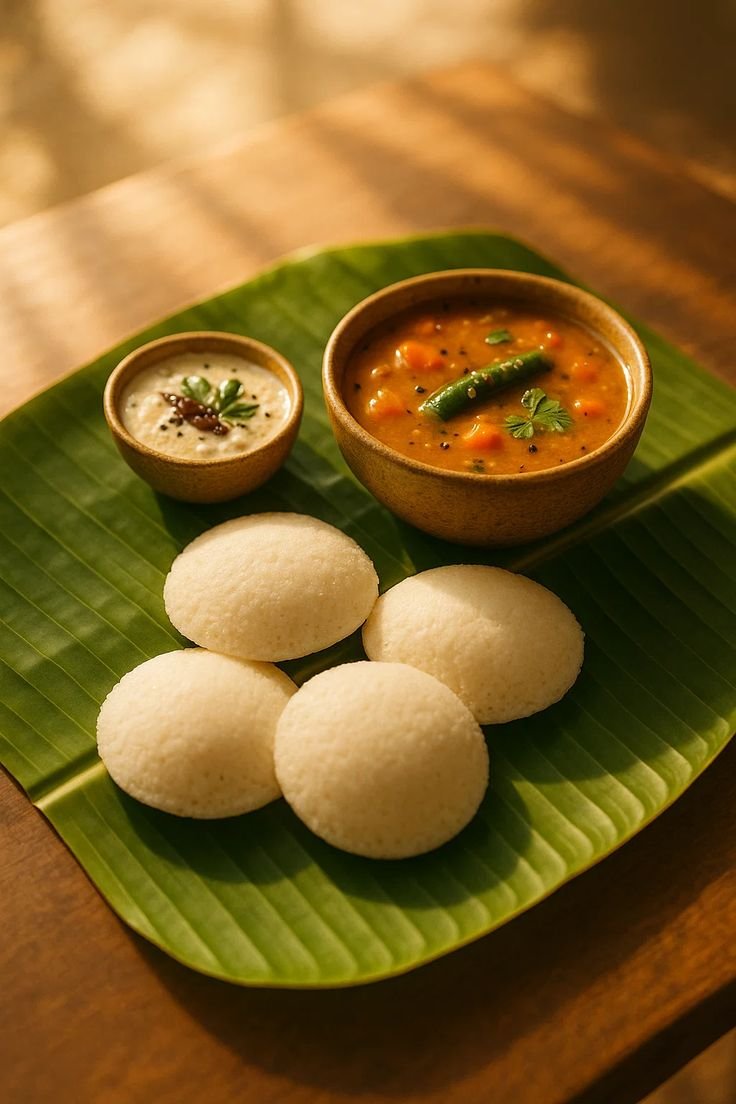There’s something profoundly comforting about opening a jar of tangy pickle or savoring a lacy crisp hot off the griddle—the aroma of fermenting batter in my grandmother’s courtyard still lingers in my memory. In every corner of India, time-honored techniques have transformed rice, lentils, vegetables, and even drinks into probiotic treasures that nourish body and soul.
Across India’s diverse kitchens, these indian fermented foods are more than recipes; they are rituals of care and community. From coastal toddies to mountain teas, fermented foods in India transform humble ingredients into probiotic treasures that nourish body and soul.
This post dives deep into the heart of our culinary heritage, weaving personal anecdotes with practical tips and mouthwatering recipes. We’ll journey through diverse regions, uncover hidden gems, and discover how simple household staples become gut-friendly homemade delights that connect us to generations past.
Table of Contents
Why Embrace Fermentation at Home?
Long before science charted the microbiome, our ancestors understood the healing magic of beneficial microbes. Today’s research confirms that regularly enjoying live-culture treats can support digestive balance, boost immunity, and even lift mood through the gut-brain axis. By learning traditional preservation methods, you not only create vibrant flavors but also unlock natural ways to nurture your well-being.
Whether you’re craving a tangy late-night snack or crafting a healthy gut booster for breakfast, these hands-on processes empower you to bring probiotic-rich goodness into your kitchen. And the best part? Each bubbling jar carries a story—of family gatherings, festive rituals, and simple moments of joy.
Benefits for Gut Health
Incorporating fermented dishes into your daily routine does more than add zest—it fosters a flourishing gut ecosystem. Here’s how these homemade probiotic recipes work wonders:
- Enhanced Microbial Diversity: Regularly sampling different ferments introduces a range of friendly bacteria strains (like Lactobacillus, Bifidobacterium, and Leuconostoc), which helps balance gut flora.
- Improved Digestion and Nutrient Absorption: Fermentation breaks down complex carbohydrates and proteins into simpler forms, making vitamins and minerals more bioavailable.
- Strengthened Immune Response: Since about 70% of immune cells reside in the gut, a thriving microbiota offers natural defense against pathogens and inflammatory triggers.
- Production of Short-Chain Fatty Acids (SCFAs): Beneficial microbes ferment dietary fiber into SCFAs (e.g., butyrate), which nourish colon cells and help regulate blood sugar and appetite.
- Reduced Inflammation and Gut Comfort: By crowding out harmful bacteria and regulating gut pH, fermented foods can alleviate bloating, constipation, and occasional discomfort.
Below, you’ll find a quick visual overview of beloved Indian fermented foods and their gut-health contributions. Use this as a guide to diversify your homemade collection and keep your digestive system humming with health.
Southern Charm: Steamed Wonders and Fermented Batters
The Alchemy of Rice and Lentils
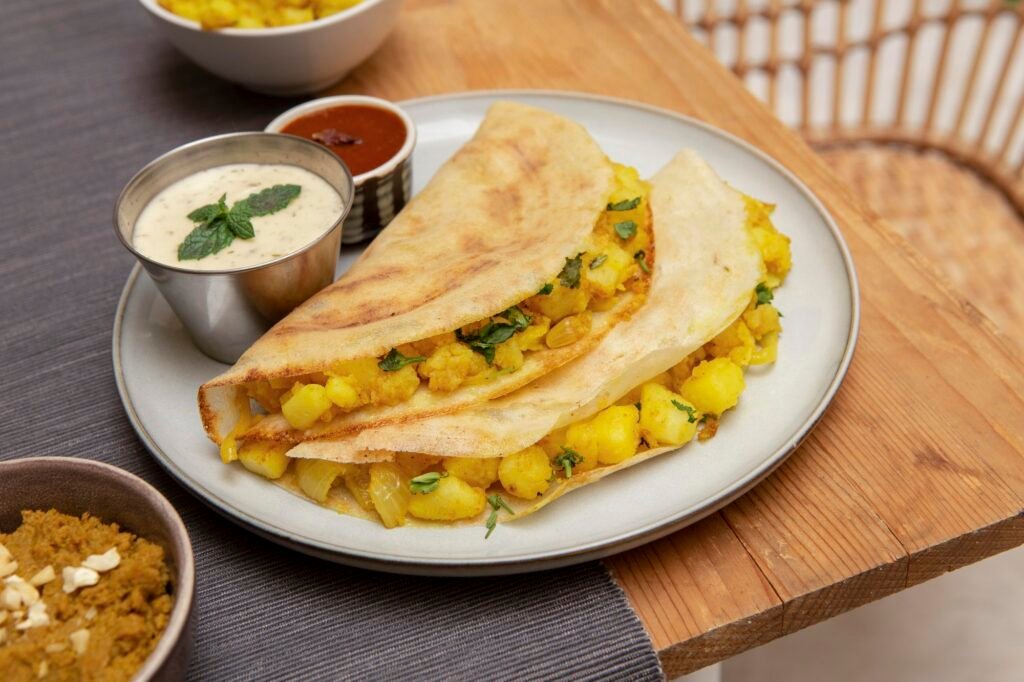
On misty mornings in my hometown of Coimbatore, the rhythmic hum of a stone grinder and the yeasty scent of fermenting batter were as natural as daylight. Rice and split black gram (urad dal) — through patient soaking, grinding, and resting — metamorphose into the pillowy soft idli and paper-thin dosa that define South Indian brunches.
- Millet Dosa Variations: Experiment with finger millet or pearl millet blended with soaked red rice for a gluten-free twist. These recipes deliver a delightful tang while adding ancient grains to your diet.
- Instant Starter Tips: Short on time? Incorporate a spoonful of store-bought probiotic yogurt or sour batter from a previous batch to jumpstart fermentation, ensuring your batter bubbles to life in just 4–6 hours.
Personal Note: I still recall my first solo batter—stirring in fenugreek seeds and ginger juice, crossing my fingers that the summer heat would coax out the signature tang. When it did, each crisp dosa felt like a small triumph.
Homemade Probiotic Pancakes
Beyond the classics, South India offers lesser-known griddle treats:
- Pesarattu Fusion: Green gram (moong dal) fermented overnight with curry leaves and green chiles, pounded into a vibrant batter—ideal for a protein-packed meal.
- Ragi Uttapam: A local favorite combining finger millet, rice, and urad dal into thick, soupy batter dotted with onions, tomatoes, and chillies. The result? A hearty pancake that marries nutrition and comfort.
Eastern Spices: Pungent Pickles and Flavor-Packed Condiments
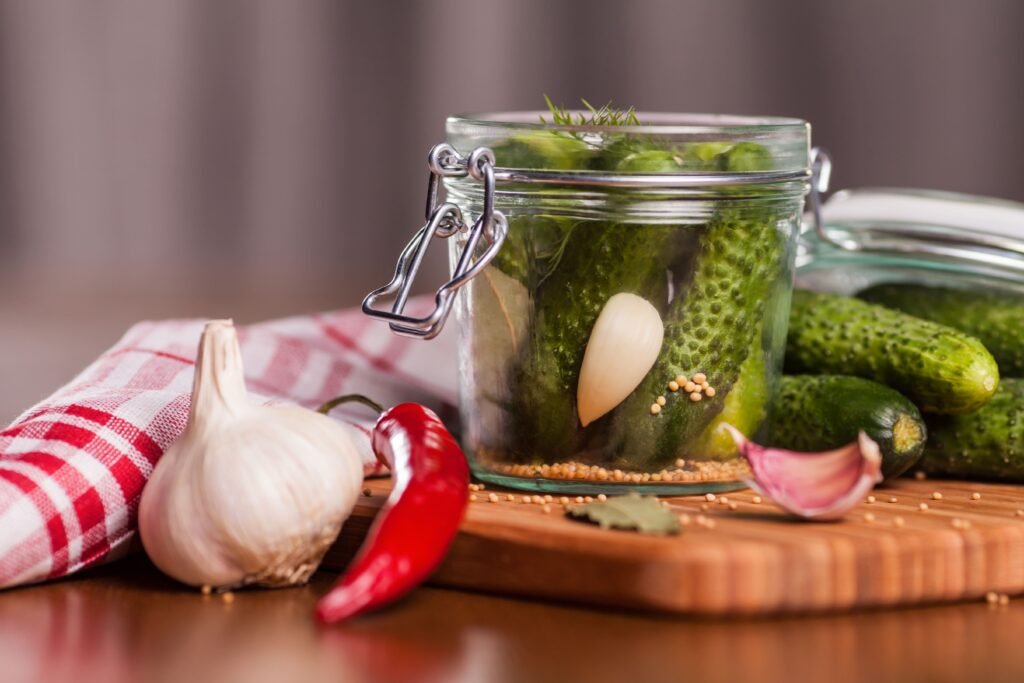
Kolkata’s Signature Masala Pickles
Among my fondest memories is raiding my aunt’s basement for mixed mango achar jars, each weighted down with mustard oil, nigella seeds, and a secret spice blend. She’d wink as I tore into the translucent slices, offering just enough to mask my mischief.
- Regional Indian Pickles: From Assam’s bamboo shoot achar to Odisha’s cashew-tamarind chutney, low-cost ingredients transform into high-impact condiments that elevate everyday meals.
- Safety First: Always sterilize jars and keep vegetables fully submerged in oil or brine to ward off unwanted microorganisms.
Assamese Khar and Fermented Fish Pastes
In the misty hills of Assam, sun-dried banana peel ash (khar) brings an alkaline edge to stews, balancing fiery chilies and aromatic herbs. Meanwhile, fermented fish pastes pack an umami punch that’s nothing short of addictive.
Community Story: I once joined a village elder in Majuli, where every household passes down its own fish paste recipe. Sitting by the riverbank, watching jars bubble in the sun, I realized how these savory staples knit communities together, one spoonful at a time.
Northern Delights: Creamy Blends and Fermented Brews
The Art of Lassi and Yogurt Variants
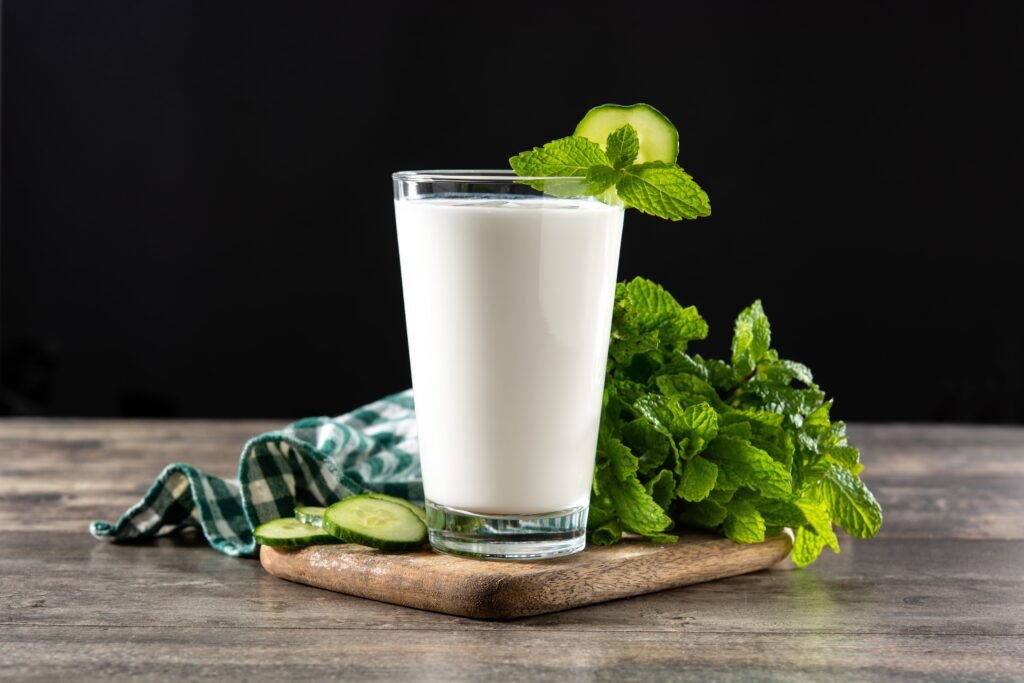
No summer in Punjab feels complete without a tall glass of salted lassi—whisked yogurt, cold water, roasted cumin powder, and a pinch of salt. But the north offers so much more:
- Sweet Rose Lassi: Infused with rose petal syrup and crushed pistachios, this romantic beverage doubles as a dessert.
- Spiced Buttermilk (Chaas): A refreshing sipper flavored with curry leaves, ginger, and hing (asafoetida). It’s the epitome of a post-meal tummy soother.
Fermented Herbal Teas of the Himalayas
High-altitude communities ferment wild shrub leaves and local spices into invigorating teas—sometimes blended with yak butter for richness. The complex flavors and energizing effects keep villagers warm and spirited through snowy winters.
Coastal Breezes: Palm Wines, Briny Sauces, and Beachside Bites
Kerala’s Toddy Trails
In Kerala’s palm-lined villages, toddy tappers extract fresh sap at dawn, funneling it into bamboo urns to ferment. A few hours later, it’s a subtly sweet, gently effervescent drink—best enjoyed in shady grove with fresh seafood fries.
- Toddy to Vinegar: Left to age for weeks, toddy transforms into coconut vinegar—sharp, fragrant, and ideal for salad dressings or tangy curries.
Goa Fermentations Beyond Vindaloo
Beyond the famous vinegar-based meat stews, Goa’s seaside chefs craft fermented shrimp pastes and spiced coconut masalas that bring coastal curries to life. My favorite: a tangy prawn pickle, cured in palm vinegar and sun-dried for concentrated flavor.
Street-Corner Wonders: Snackable Ferments
Every metropolis in India reveres its street-food heroes built on live-culture foundations:
- Mumbai’s Spicy Batata Vada: Potatoes seasoned with garlic and turmeric, encased in a chickpea batter enriched with fermented chickpea flour.
- Kolkata’s Fermented Mustard Oil Chutney: A fiery dip for puffed rice and fried snacks, combining pickled chilies, ginger, and aged mustard paste.
These quick bites prove that gut-friendly fast food is more than possible—it’s downright delicious.
Modern Revival: From Artisan Kitchens to High-End Restaurants
In urban hubs from Delhi to Bengaluru, chefs merge time-honored methods with global influences. You’ll find fermented hot sauces infused with Indian spices, probiotic smoothie bowls using homemade curds, and fusion starters like kimchi-uttapam.
Chef’s Insight: I spoke with a Delhi-based fermentologist who sources heirloom rice strains for black rice idli, achieving deeper hues and richer probiotic profiles. His mantra? “Respect tradition, then innovate.”
Getting Started: A Beginner’s Guide to Home Fermentation
- Hygiene and Sterility: Always start with spotless containers. A simple rinse in boiling water keeps bad microbes at bay.
- Ideal Temperatures: Aim for 25–30 °C. If your kitchen is cool, consider a warm corner near a cooker or use an insulated box.
- Starter Cultures: Save a bit of whey from plain yogurt or a spoonful of active ferment to kickstart new batches.
- Patience and Observation: Fermentation times vary widely. Taste small amounts daily to learn preferred tanginess levels.
- Documentation: Keep a fermentation journal—note dates, temperatures, and flavor outcomes for each batch.
These steps ensure consistent, delicious results, so you can truly showcase the magic of natural preservation.
Common Hurdles and How to Overcome Them
Many beginners worry when their first jar looks unusual or smells sharp—this is normal! Be patient and trust your senses. Sometimes, unexpected fizzing or a slightly funky aroma is just the sign of good bacteria at work. Don’t be afraid to ask elders or online communities for advice, and remember: small mistakes are part of the journey. Adjust salt, temperature, or ingredients next time, and soon you’ll feel confident tackling even tricky ferments like pickles and rice batters in any season.
- Surface Mold: A harmless pellicle sometimes forms. Gently skim away white film; if colors or smell seem off, discard and restart.
- Stalled Fermentation: Add fresh starter culture or adjust room warmth. Sugar or jaggery can energize yeast activity.
- Excessive Sourness: Shorten fermentation time, or refrigerate the batch once it reaches desired tang.
Remember, every misstep teaches us more about microbial rhythms—each jar brings you closer to mastery.
Quick Reference: Fermented Foods at a Glance
Below is a concise table summarizing the key Indian fermented foods we’ve explored, their regions, base ingredients, and main gut-health benefit. This quick overview helps you pick the right ferment for your next culinary or wellness adventure.
| Fermented Food | Region | Main Ingredients | Primary Benefit |
|---|---|---|---|
| Idli | South India | Rice, urad dal | Digestive support |
| Dosa | South India | Rice, urad dal | Probiotic boost |
| Homemade Yogurt | North India | Milk | Immune modulation |
| Mixed Pickle | East India | Vegetables/fruits, mustard oil | Enzyme-rich preservation |
| Pesarattu | South India | Green gram | Protein and probiotics |
| Ragi Uttapam | South India | Finger millet, rice, urad dal | Fiber and SCFA support |
| Toddy/Coconut Vinegar | South Coast | Palm sap | Acetic acid production |
| Fermented Fish Paste | Northeast | Fish, salt | Umami and B vitamins |
Celebrations and Cultural Connections
Fermented goodies accompany festivals and life events across India:
- Navratri Feasts: Special flours and batters fermented for satvik dishes.
- Monsoon Gatherings: Vinegar-based stews to warm and invigorate.
- Village Fairs: Toddy festivals where friends gather around clay cups of fresh sap.
These moments of communal eating underscore how live-culture treats are woven into social fabric.
Optimal Storage and Shelf Life of Indian Fermented Foods
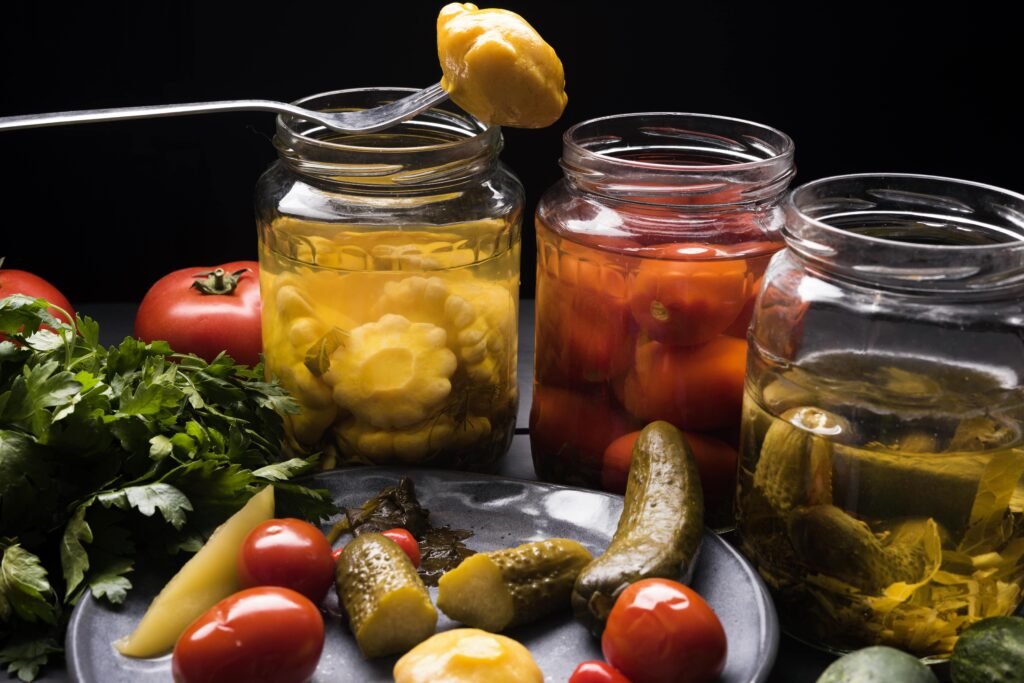
Understanding how to store your homemade ferments ensures safety, flavor preservation, and longevity:
- Refrigeration Tips: Most fermented foods in India store best between 4–8 °C. Use airtight glass jars to minimize oxygen exposure, which slows down further fermentation.
- Freezing Options: While dairy-based ferments like homemade yogurt can be frozen for up to one month, vegetable pickles may lose texture. Thaw dairy slowly in the fridge to maintain creaminess.
- Shelf-Life Estimates:
- Idli/Dosa batter: 3–5 days in the fridge.
- Mixed pickles: 2–3 months if submerged in oil.
- Yogurt/Chaas: 1–2 weeks.
- Toddy/Coconut vinegar: Up to 6 months stored in cool, dark place.
- Preventing Over-Fermentation: If your ferment keeps bubbling vigorously, transfer to cold storage or reduce headspace in the jar to slow microbial activity.
Storage can transform your culinary planning—batch-make during surplus seasons and enjoy homemade probiotics year-round.
Seasonal Fermentation Calendar
Harness the rhythms of Indian seasons to plan your fermentation projects for maximum freshness and flavor:
| Season | Popular Ferment | Key Tips |
| Spring | Mudhi (fermented rice flakes) | Use fresh rice; start small batches as ambient temps rise. |
| Monsoon | Vinegar-based stews (fish/vegetable) | Embrace tangy curries; ensure jars stay dry externally. |
| Summer | Lassi, Chaas, Curd | Quick dairy ferments thrive in heat—stir twice daily for even culture. |
| Autumn | Mustard seed pickles (kacha khajur achar) | Harvest mustard greens; balance salt and spice for milder taste. |
| Winter | Fermented teas, spiced batters | Use stone grinder for warmth retention; ferment near a hearth. |
By aligning ferments with seasonal produce and temperatures, you’ll achieve consistent results and the most vibrant flavors.
Ready to Start Your Fermentation Journey?
Your kitchen is now brimming with possibilities—are you ready to dip a spoon into your first bubbling jar?
- Share Your Creations: Post photos and stories of your ferments on social media with #MyFermentationJourney. I can’t wait to see your idlis, pickles, and probiotic treats in action!
- Join the Conversation: Leave a comment below with your favorite recipe or any questions you have; let’s learn from each other and keep the discussion bubbling.
- Stay Inspired: Subscribe to the blog for monthly deep dives into new ferment experiments, seasonal picks, and guest interviews with fermentation experts.
Take the plunge today: start with one simple ferment—perhaps the crisp carrot pickle or classic dosa batter—and watch as time, tradition, and microbes transform your ingredients into delicious, health-boosting memories. Here’s to fermenting, sharing, and thriving together!
Frequently Asked Questions
Q: How long should I ferment dosa or idli batter?
A: For a tangy batter with good rise, aim for 8–12 hours at 25–30 °C. Cooler kitchens may require 12–18 hours; tropical summers can be as short as 6–8 hours.
Q: Can I use any jar or container for vegetable pickles?
A: Glass or food-grade ceramic crocks work best. Avoid reactive metals; stainless steel lids are fine if they seal well.
Q: What’s the ideal salt ratio for lacto-fermented vegetables?
A: A brine of 2–3% salt by weight (20–30 g per liter of water) encourages beneficial bacteria while inhibiting spoilage microbes.
Q: How do I know when my ferment is ready?
A: Taste daily after day 2. Look for mild bubbles, a pleasant tang, and bright color. When it reaches your preferred acidity, transfer to the fridge to slow fermentation.
Q: Is it safe to eat spontaneous ferments without starter culture?
A: Yes—as long as you follow hygiene and salt guidelines. Wild microbes on produce can initiate fermentation, but if in doubt, add a bit of whey or previous ferment to kickstart the process.
Q: How long do homemade ferments last?
A: Refrigerated ferments can keep 1–3 months, depending on salt and acidity. High-salt pickles often last even longer if jarred correctly.
Q: Can I ferment at high altitude or in cold climates?
A: Adjust time: cooler temps slow activity (add 6–12 hours); high altitude may require slightly more fermenting time due to lower air pressure.
Q: Are fermented foods suitable for people with IBS or sensitive stomachs?
A: Generally yes—small daily servings can support gut comfort. Start with mild ferments (yogurt, idli) and monitor tolerance.
Q: Can I customize spice levels or flavors in traditional ferments?
A: Absolutely! Adjust chili, ginger, and spice blends to suit your palate. Keep base ratios consistent, and tweak seasonings during layering or blending stages.
Q: How do I scale up my ferment batch for larger crowds?
A: Multiply ingredient quantities proportionally, ensuring you maintain consistent salt-to-water ratios and sufficient jar headspace. For very large volumes, food-grade fermenting crocks with airlocks are ideal.
Q: Can I make vegan versions of dairy-based ferments?
A: Yes—use coconut or cashew milk cultures with vegan probiotic capsules. Expect a slightly different texture; strain with cheesecloth for creaminess.
Q: What if I have allergies—can I substitute ingredients?
A: Many vegetable ferments are naturally gluten-free and nut-free. For soy allergies, swap soy-based batters for millet or rice flours. Always do a small test batch to confirm texture and flavor.
